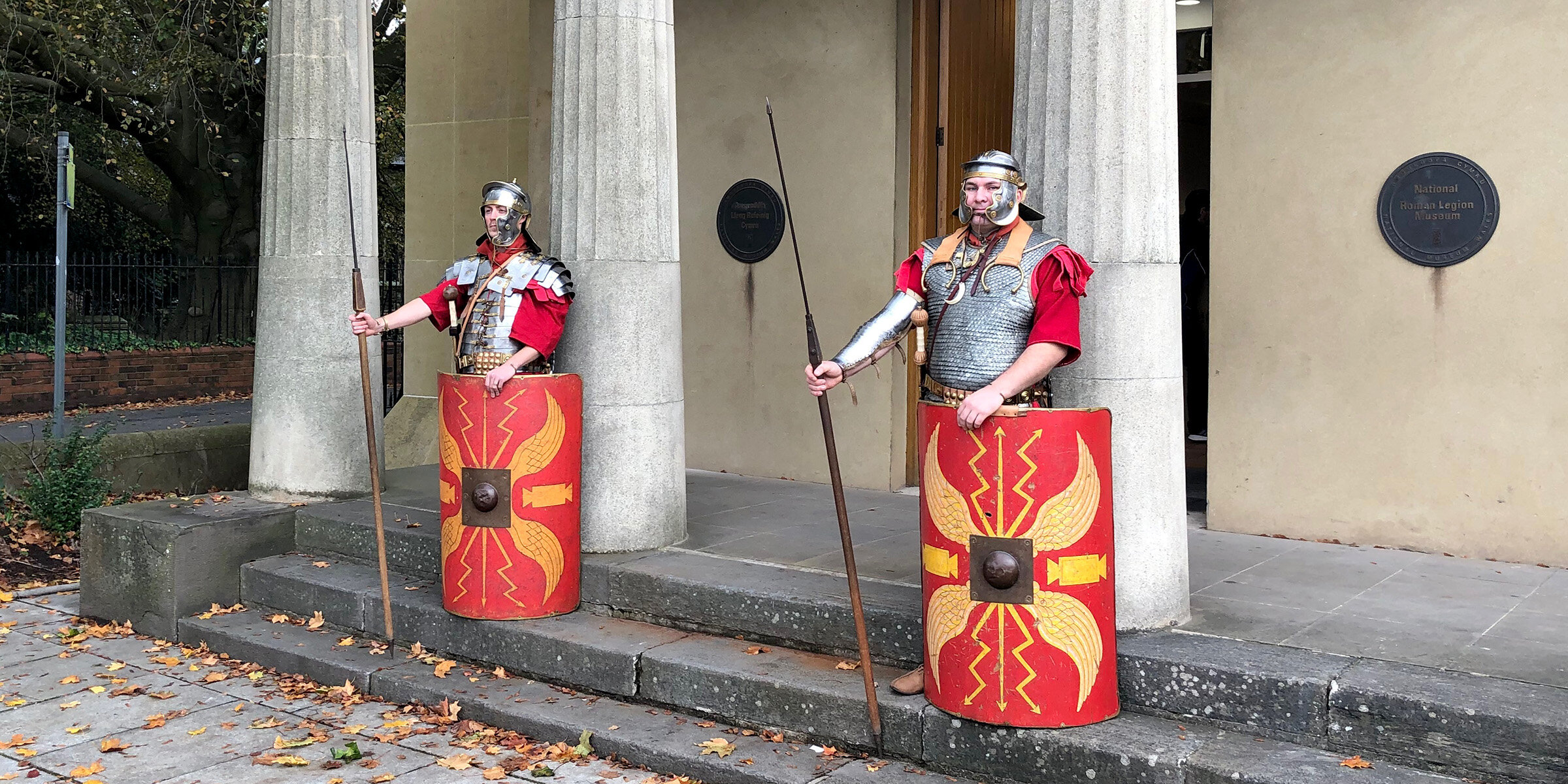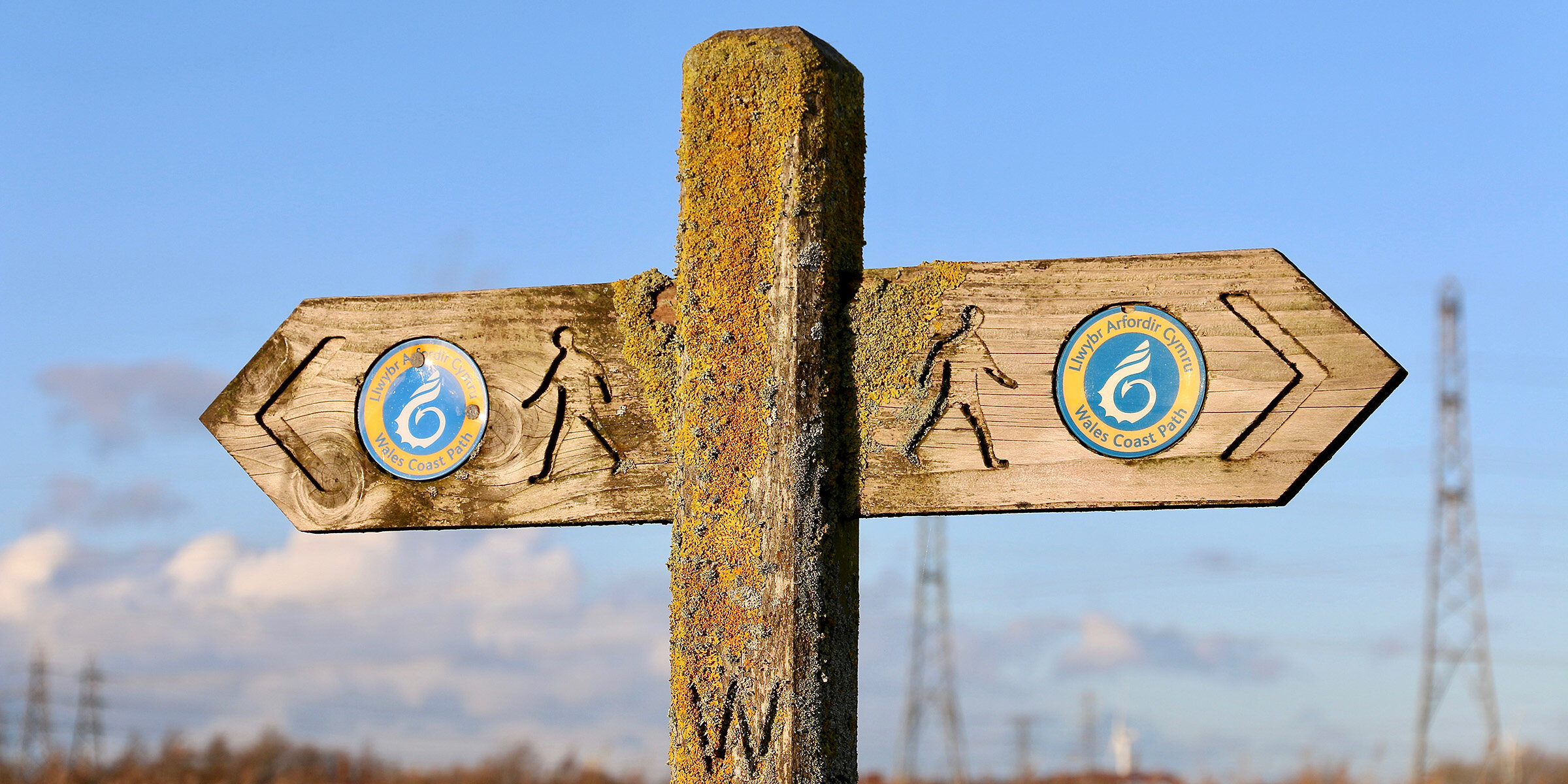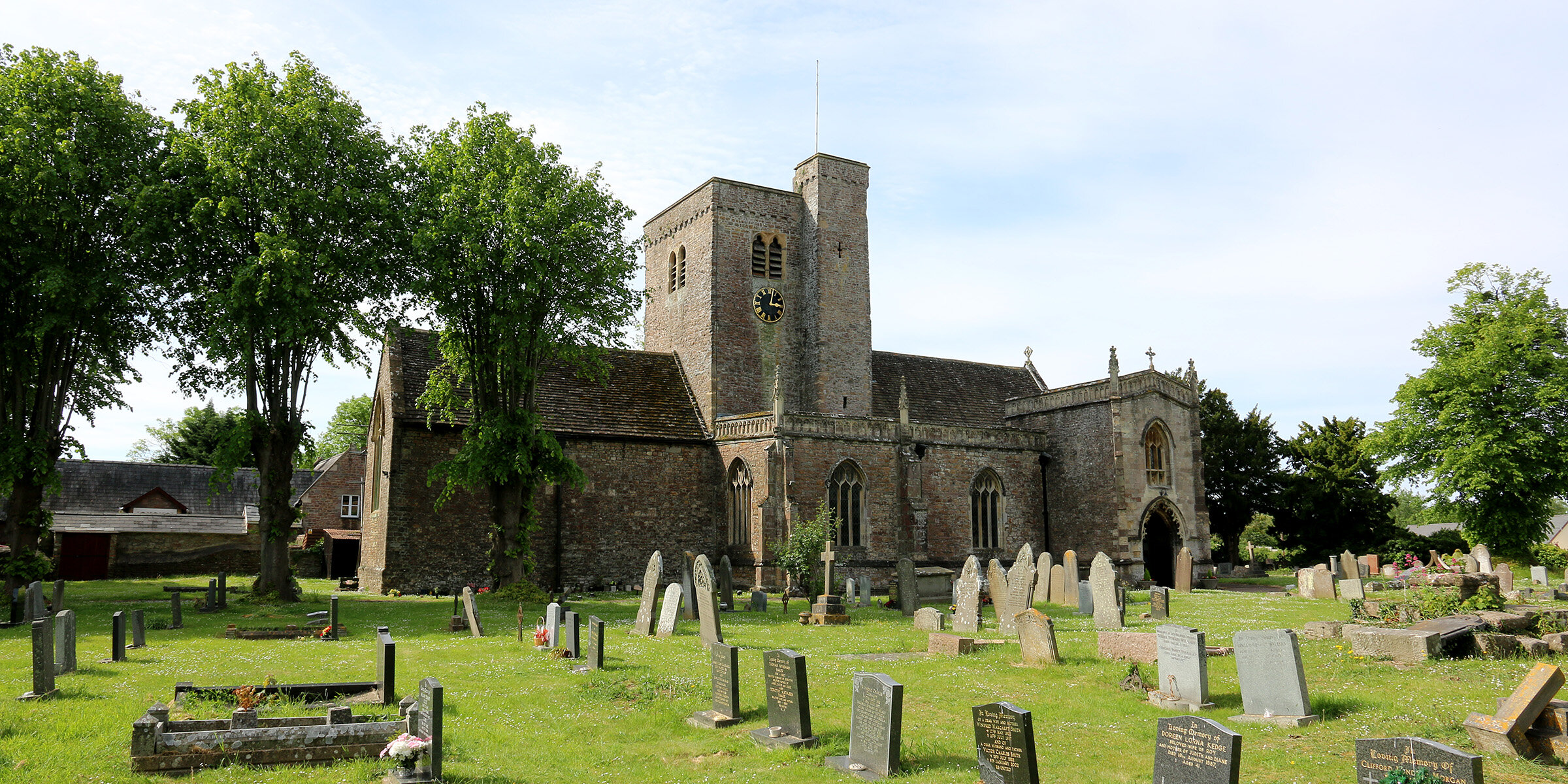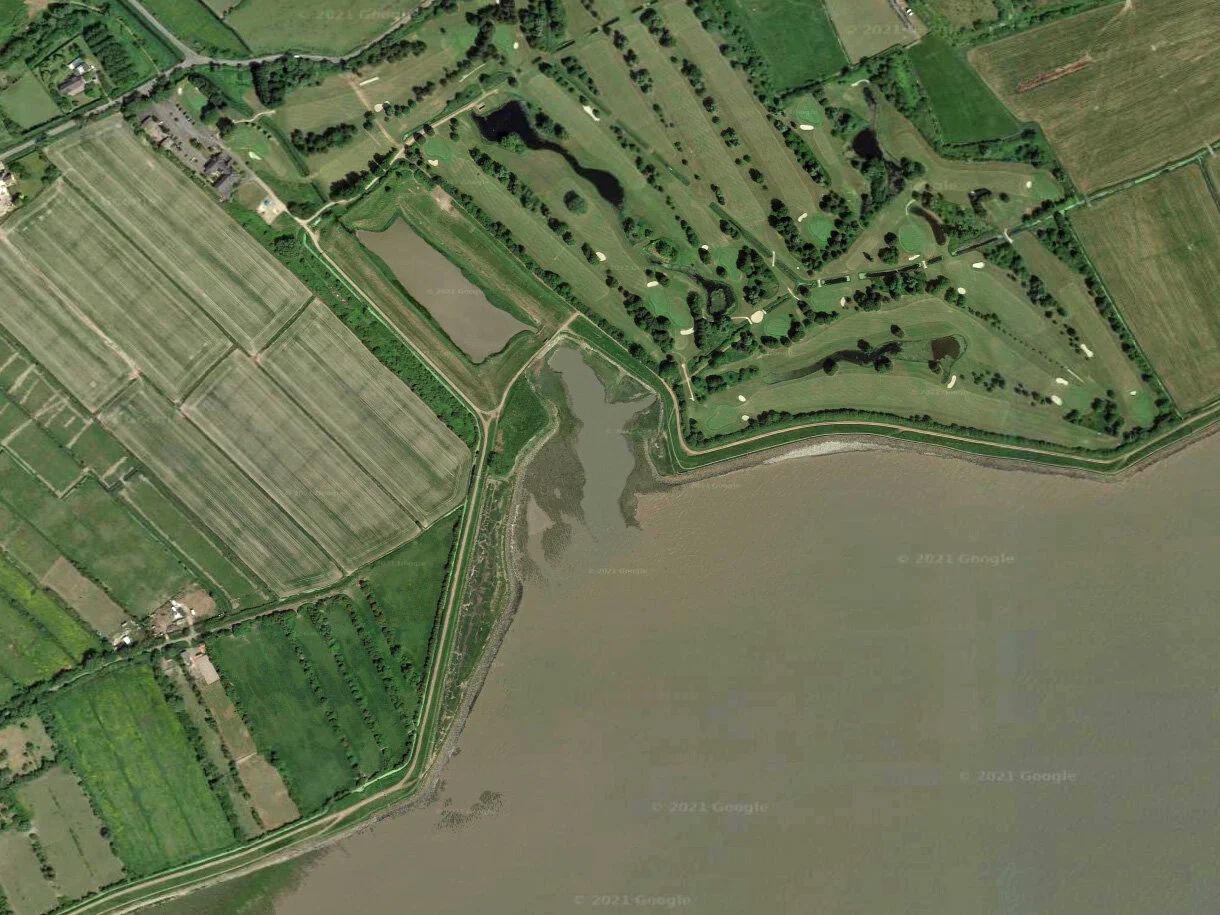
The porticoed entrance to the National Roman Legion Museum (Chris Harris)
Step back in time at the National Roman Legion Museum and explore life in a far-flung outpost of the mighty Roman Empire.
Wales was the furthest outpost of the Roman Empire. Built in AD 75, Caerleon, called Isca Augusta by the Romans, was one of only three permanent legionary bases in Britain, and guarded the region for over 200 years.
Learn what made the Romans a formidable force and how life wouldn't be the same without them. You'll be able to see exhibitions and artefacts that show us how they lived, fought, worshipped and died.
Enjoy the sights, sounds and smells of the beautiful Roman Garden. At weekends and school holidays, children can explore a full-sized barrack room, try on replica armour and experience the life of a Roman soldier.
The museum is located in the centre of the ancient Roman fortress, on a road leading to the most complete amphitheatre in Britain. A short walk from the museum is part of the Roman military bath house, a section of the fortress walls and the remains of the legionary barracks, the only ones on view anywhere in Europe.
The original museum building was constructed in 1850, although the building was rebuilt in 1987 and all that remains now is the impressive pillared porticoed entrance.
Caerleon Roman amphitheatre (Chris Harris)
More information
For more information about the Romans in south Wales, and to see a replica of the Goldcliff Stone, visit Newport Museum.
The Wales Coast Path is a long distance footpath that begins (or ends) in Chepstow and follows the coast of Wales for 870 miles (1400km) to Queensferry in Flintshire.
Step back in time at the National Roman Legion Museum and explore life in a far-flung outpost of the mighty Roman Empire.
Parc Tredelerch (Tredelerch Park) is an area of parkland next to the Rhymney River on the east side of Cardiff.
Churches have been at the heart of life on the Levels for much of the last thousand years.
In 2002, during construction of the Newport Riverfront Arts Centre on the west bank of the River Usk, the remains of a 15th century ship were discovered.
Explore the fascinating prehistory of the Gwent Levels at a stunning new exhibition at Newport Museum and Art Gallery.
Sitting on the edge of the Gwent Levels, between the wide expanse of the Severn Estuary and the mouth of the River Usk, lies the Newport Wetlands National Nature Reserve.
Half a mile east of the former church of St Peter in Peterstone Wentlooge, Peterstone Gout, or Great Gout, is an important and interesting landmark on the Wentlooge Level.
Over its long history, the parish church of Redwick has been dedicated to several different saints; before 1875 it was St. Mary the Virgin and before that St. Michael the Archangel.
The history of St Mary’s church, Nash, known locally as “the Cathedral of the Moors”, is closely linked to the nearby medieval Benedictine Priory at Goldcliff.
The picnic site at Black Rock offers spectacular panoramic views of the Severn Estuary and both bridges.
The Goldcliff Lagoons were created in the late 1990s and form the eastern end of the Newport Wetlands National Nature Reserve.
Great Traston Meadow nature reserve is an example of grazing marsh, a traditional type of landscape on the Levels.
The village church of Bishton is more than 600 years old. Yet its full name demonstrates far older origins.
The remarkable Newport Transporter Bridge is one of only six operational transporter bridges left world wide from a total of twenty constructed.
This imposing mansion is one of the most historically important 17th century houses in Britain, home of the Morgan family for over 500 years.
Magor Marsh is one of the last fragments of fenland on the Gwent Levels, a landscape which has existed here for thousands of years.
High St
Caerleon
Newport NP18 1AE
OS Grid Ref: ST 216783
Website
Opening times
10am–5pmOpen for four days per week – every Wednesday, Thursday, Friday, and Saturday (including Bank Holiday Mondays).

















